I do enjoy reading about well-being and nutrition and how to lead a healthy lifestyle, but I must admit that I could improve on applying these nuggets of knowledge in my everyday life. You see, much of my challenge rests in having a sweet tooth. This is something I am praying about because sugar, as we all know, does more harm than good, especially in the quantities that we consume it in the UK and the USA. And this leads to learning more about an ancestral diet.
What is an ancestral diet?
It’s very simple, having an ancestral diet is essentially consuming natural, organic, whole foods. Free from processing and industrial interventions. Though I don’t ascribe to this wholeheartedly, the general concept is appealing and one I’d like to adopt.
Making changes
As a household, we have united in our decision to limit the snacks we buy and the desserts we make in order to reduce our sugar intake. We have also made a conscious decision to buy particular kinds of my staple groceries. These items hone back to ancestral way of eating, and unfortunately though no longer mainstream they are actually very nutritious and healthy. I shall list them down below and explain the reasons for the adoption of each.
Disclaimer: I am not a dietician and this is not medical advice. This is just what I believe to be better for consumption, based on what I have read so far.
Milk
Growing up we used to always drink blue cap cows milk (whole milk) until we suddenly switched to green cap milk (semi-skimmed). I understand that this was because there was a lot of messaging, claiming that semi-skimmed milk was better, stating that it was due to its low fat content. It was purported that consuming fat led to a higher risk of heart disease. But this messaging was terribly misleading.
Is the fat in whole milk bad?
For individuals conscious of their calorie intake, it may seem like a no brainer to switch to semi-skimmed milk. However, studies have shown that consuming good fat will leader to better weight management.
Did you know that our brain is the most fattiest organ?
So consuming a lot of “low-fat” food will not necessarily do your brain any favours. But back to milk. The nutritional value and vitamin content of semi-skimmed milk against whole milk is comparatively low. Vitamin A is lower as well as Omega-3, which helps to promote brain and heart health. Furthermore, carbs are lower in whole milk, which if we can reduce, prove to be a much more effective change than reducing fat intake. I find myself in perpetual bewilderment when shopping and seeing that most of the milk marketed for babies, use semi-skimmed milk! I think this issue is definitely worth pursuing in a later post where I can pursue it with the detail it deserves.
When it comes to food however, my general philosophy is that the less processing the better – again going back to how our ancestors ate. This is why I prefer to get unhomogenised milk (Accessed: 08 February 2023) like the example below from Tesco. It’s deliciously creamy and makes for a good cup of tea and coffee.

Should I drink raw milk then?
I am looking into sourcing good raw milk here in the UK, as I’ve read it contains so much more goodies, stuff like the enzymes required to aid us to even digest it. If you are lactose intolerant, raw milk is what you need to drink as it contains lactase which aids the digestion of lactose. Goat’s milk is also a good alternative to cow’s milk. If you’re worried about the nasties raw milk may contain, then all you need to do is boil it sufficiently ensuring that the right temperature is reached for the required duration before drinking.
Alternatively, a safer way for you to consume raw milk is through fermented products like cheese made with raw milk or kefir milk. If you’re in the UK and you buy raw milk products, please let me know where you get them from!
Oils
As a British Nigerian, who loves to cook Naija dishes as well as Chinese ones, I regularly used either vegetable oil or sunflower oil in my cooking. These oils were so easy to access in the supermarket. They were cheap, and you could get them in large volumes. However, the aforementioned oils, though termed “good fats”, are in fact damaging to our health in the long run. These industry seed oils, which go through rigorous processing and heating, greatly raise the omega-6 levels against omega-3. This leads to a high susceptibility to chronic diseases due to increased inflammation in the body.
Here is a good page that explains more (Accessed: 11 February 2023). Furthermore, studies have shown that the rising trend in vegetable oil has correlated with the rise in heart disease. With this knowledge, it’s just better to stick with healthier alternatives that have been used by our ancestors for generations. Look out also for the use of vegetable oils when buying packaged goods, it’s widely used.

What alternatives to vegetable oils can I use?
- Olive oil
- Greatly used by that region of the world that is known for the healthiest diet, the Mediterraneans. This is my default oil for cooking and I do like to drizzle it over my salads too.
- Coconut oil
- For my Nigerian brothers and sisters, have you tried frying plantain with coconut oil? Absolutely delish, and you don’t have to use a lot too. Coconut oil, like olive oil is so versatile it’s also great for your hair and skin. If you can, buy the 100% pure virgin organic kind.
- Lard
- Lard is made out of rendered fatty tissue from pigs. I use lard just as much as I do olive oil now – particularly because it has a neutral taste and smell. I also use lard when deep frying, because of its high smoke point plus I use half the amount I would have before.
- What’s good to know is that lard contains healthy monounsaturated fats, like olive oil and has lower saturated fat and cholesterol to butter. It is also one of the best sources of vitamin D.
- Ghee
- I love to use ghee when making indian dishes, but it can be used for most dishes that require frying. Ghee is made from cow milk butter.
Butter
Whenever I go to a restaurant, cafe or hotel and have a dish that comes with bread, the butter accompanied usually comes like the image below.

I often think to myself how delish the butter is! Growing up, my go to spread on my toast was just butter. I loved the aroma it gave off the bread and it tasted scrumptious. Over the years, during the 2000s, I remember seeing a lot of advertising for the margarine brand I Can’t Believe It’s Not Butter! – a spread made out of vegetables but perhaps with the appealing taste of butter. We certainly used it a few times, and over time naturally moved over to using more butter blends or margarine.
According to this article (Accessed: 13 February 2023), by the early 2000s margarine became the default spread used in households across the western hemisphere. The heavy marketing for butter alternatives due to the false narrative that butter wasn’t healthy was heavily reflected in supermarkets.
In the bible, butter is referenced many times, giving us a glimpse into ancestral eating. In Deuteronomy 32:14, it says:
Butter of kine, and milk of sheep, with fat of lambs, and rams of the breed of Bashan, and goats, with the fat of kidneys of wheat; and thou didst drink the pure blood of the grape.
Deuteronomy 32:14
This great description, indicates the foods that God blessed the people of Israel with in the land of Canaan, including butter!
What are the benefits to butter?
- Butter is rich in vitamin E and K, which help to promote healthy skin, healing and boosting one’s immunity.
- It is a great source of Vitamin D.
- It a good antioxidant, contains good amounts of beta carotene and selenium which help with better eyesight and muscle building.
Did you know that butter contains butyric acid, the same substance that mothers produce to feed and nourish their babies?
With much knowledge comes great responsibility. So as much as I can, I want to adopt what I’ve come to know is better for me and my family. I’m keen to know if there’s anything in your kitchen you’ve switched!
Want to try out one of my recipes? Click here!
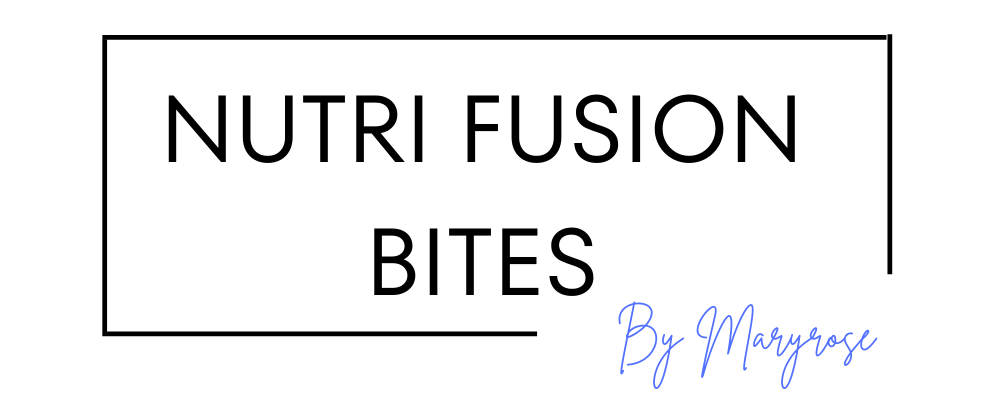


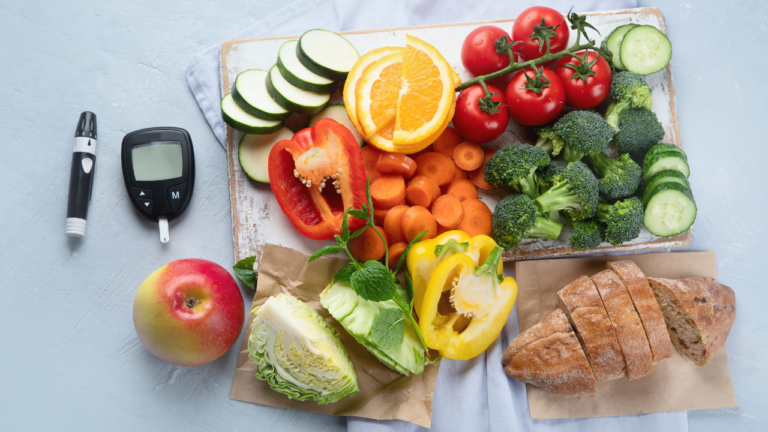
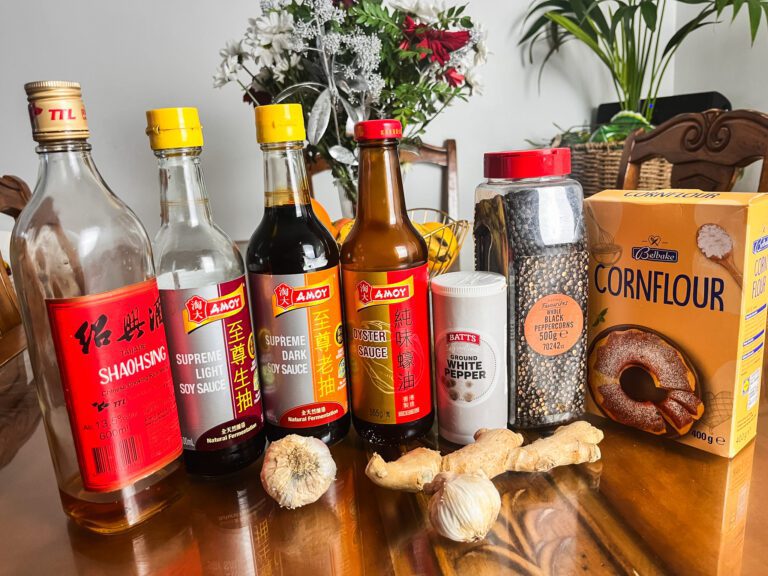
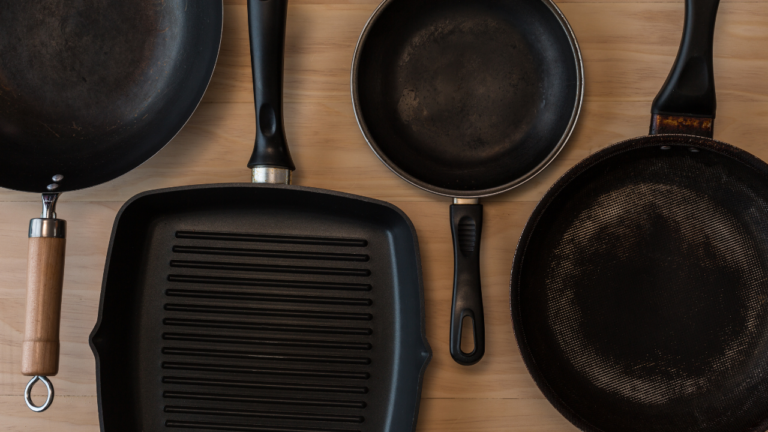
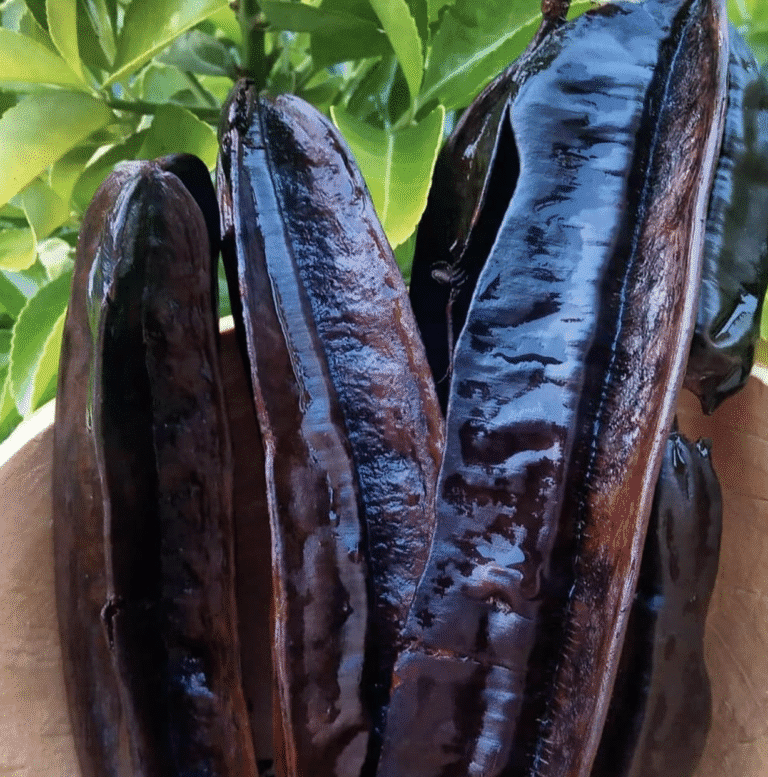
5 Comments